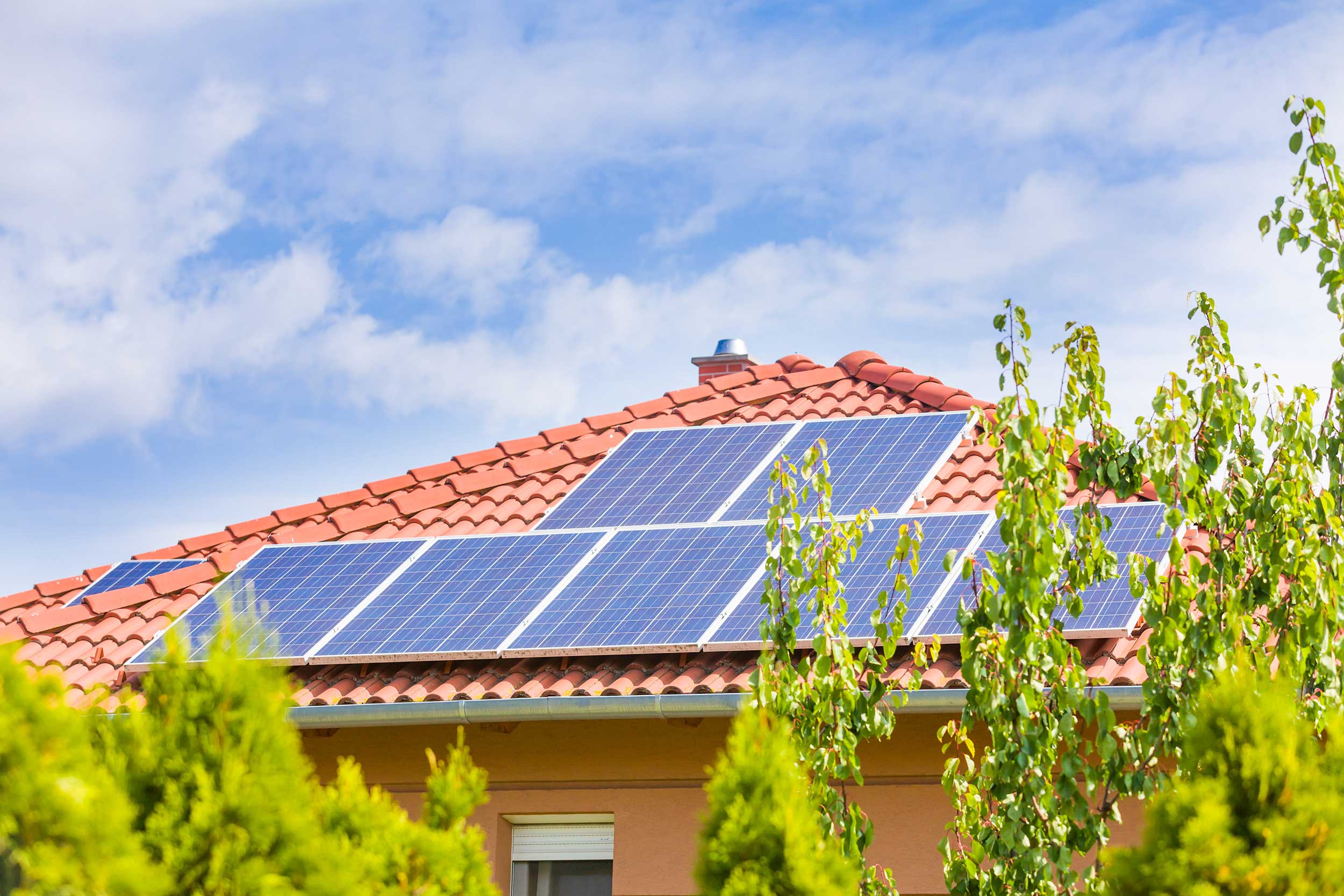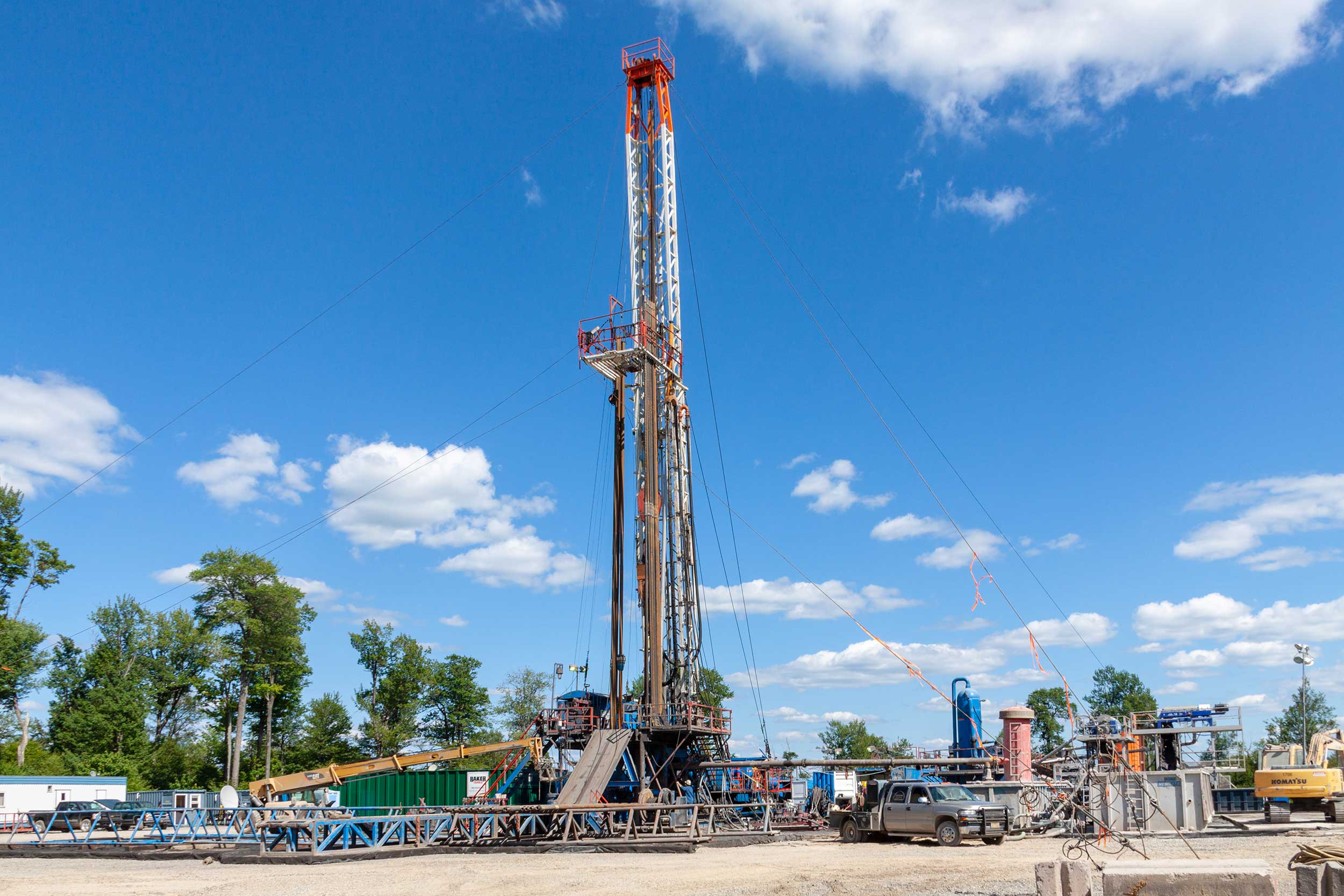Hey team, and welcome back to one5c! Beyond the everyday changes we can all make to minimize our own impact on the planet—like eating less meat or line-drying our clothes—one of the most important levers any of us can pull is holding our elected officials accountable. Today’s digest, in fact, includes a trio of issues to keep on your radar this election year, all of which stand to have ripple effects on greenhouse gas emissions.
And, because who doesn’t love a boat, we’ve got one of those, too. —Corinne
WHAT WE’RE INTO THIS WEEK
By Sara Kiley Watson

Good read
The fight over greener building codes
Powering homes and businesses accounts for about 35% of global carbon emissions, according to the United Nations. But in some states, builders have been able to fight back against codes that would up energy efficiency. This fight is particularly potent in North Carolina, writes Anna Phillips in The Washington Post. Builders there cite cost concerns as the main reason for their pushback against a 10% efficiency increase, saying it could add $20,000 to their costs. But one analysis found that the code added about $6,500 to the price of a newly built home, and that the upgrades paid for themselves in energy efficiency savings. Similar conflicts are playing out across the country—notably in Michigan and Colorado.
Cause for optimism
A winged tanker sets sail (literally)
Once upon a time, sailing was the way to trek the seas for travel and trade, but the industrial revolution got seafarers hooked on fossil fuels. Shipping, which today runs mostly on oil, contributes 2% of total global greenhouse gas emissions. That’s why many companies have started looking into harnessing the planet’s atmospheric currents for navigation once again. Last week, the world’s first chemical tanker equipped with massive rigid aluminum winglike “sails” set off on a journey from Antwerp to Istanbul. The ship’s owners hope catching the wind will cut the vessel’s emissions by 10%-20%. Although there’s still a lot to be done to bring down shipping emissions (the industry’s own estimates call for at least a 40% drop by 2030), this maiden voyage is one for the books.
Accountability check
AI’s climate comeuppance looms
There’s plenty of potential for AI to be a source of climate good. The technology can help predict flood patterns, map out greener cities, monitor emissions, and more. But researchers are throwing up caution flags, because AI is a resource-intensive business. A search with a tool like ChatGPT uses four to five times as much energy as your typical Google query and requires an intense amount of water, writes University of Southern California Annenberg professor Kate Crawford in a recent Nature editorial. A new bill from Sen. Ed Markey—which calls for the National Institute of Standards and Technology to investigate AI’s impact and set up reporting expectations for developers—is moving things in the right direction. But, Crawford writes, it doesn’t quite go far enough. The biggest catch: The reporting framework it calls for is voluntary.
Weather report`
Chile’s fires aren’t a product of climate change—yet
Not every extreme weather event in a warming world is the result of human-caused climate change, but a relatively new field called “attribution science” is continually honing our understanding of the interplay between global shifts and day-to-day forecasts. For example, the deadly fires that burned through 70,000 acres of coastal Chile earlier this month were not the result of warming, according to a new report from World Weather Attribution, a collaborative climate and weather research group. The likelihood of such a disaster happening in this region was about the same with or without the influence of warming or El Niño conditions, study author Friederike Otto told The New York Times. But the same study found that if warming hits 2 degrees Celsius above pre-industrial temps, that likelihood would almost certainly go up.
Mic-drop climate stat

The degree to which heat pumps outsold the second-most popular option (gas furnaces) in the U.S. in 2023, according to data from the Air-Conditioning, Heating, and Refrigeration Institute.
Greenwatch
What the heck is ‘CO2 fracking’?
By Glorie Martinez

New York became the first state with natural gas reserves to ban hydraulic fracking a decade ago, after a statewide health investigation revealed the methods were releasing toxic pollutants into the air and water. Now, three years after the ban officially went into effect, fossil fuel company Southern Tier Solutions is touting an alternative fracking method that skirts the current regulations. The pitch: Trade fracking with water for fracking with captured carbon dioxide. Here’s what that means for the environmental impact of their plans:
How does fracking work?
Hydraulic fracking involves blasting large amounts of water, sand, and chemicals deep beneath Earth’s surface to create cracks in rock formations, thus freeing up oil and natural gas. The methods are linked to a host of environmental and public health concerns—from water and air pollution to respiratory disease, and even increased risk of childhood cancer. The fracking boom during the 20th century also contributed to a global spike in atmospheric methane—a fast-acting greenhouse gas that traps more than 80 times as much heat in the atmosphere as carbon dioxide, particularly in the first two decades after its release.
How is this method different?
Instead of water, CO2 fracking injects carbon dioxide into the ground. The method condenses trapped carbon into liquid and uses it to push methane to the surface. Southern Tier’s proposal would tap thousands of gas wells spread out over 1 million acres.
Some lawmakers and environmental advocates say the new technology is just hydrofracking by a different name, and that the promise of carbon sequestration is meant to distract from the fact that this is, indeed, fossil fuel development. While some studies have shown that using CO2 could be more planet-friendly than typical fracking methods because of its ability to store carbon, the practice still poses many of the same health and environmental risks, like water and air pollution. At the same time, pulling in CO2 (aka direct air capture) is still a relatively nascent and expensive practice.
How are lawmakers responding?
Energy companies have tried to sidestep New York’s fracking ban before, often in an attempt to tap into the natural gas reserves in the Marcellus Shale, which stretches from New York to West Virginia. This 390-million-year-old rock formation is the largest source of shale-derived natural gas in the U.S., responsible for more than 20% of the nation’s output.
This time, representatives are fighting back. New York state Sen. Liz Krueger, Sen. Lea Webb, Assembly Member Anna Kelles, and Assembly Member Donna Lupardo introduced a bill to ban drilling for gas using CO2 earlier this month. Their proposal adds just three words to the original text: “and carbon dioxide.”
“The solution to the climate crisis is to stop emitting greenhouse gases, not to use one greenhouse gas to help you extract another one from the ground,” Krueger said in a recent press release. New York state may be the first to bump into this particular issue, but they may not be the last to raise the greenwashing flag on pairing carbon capture and fracking.
Quitting fossil fuels also means taking a big step away from plastic. Check out one5c‘s complete guide to plastic pollution to learn how.
